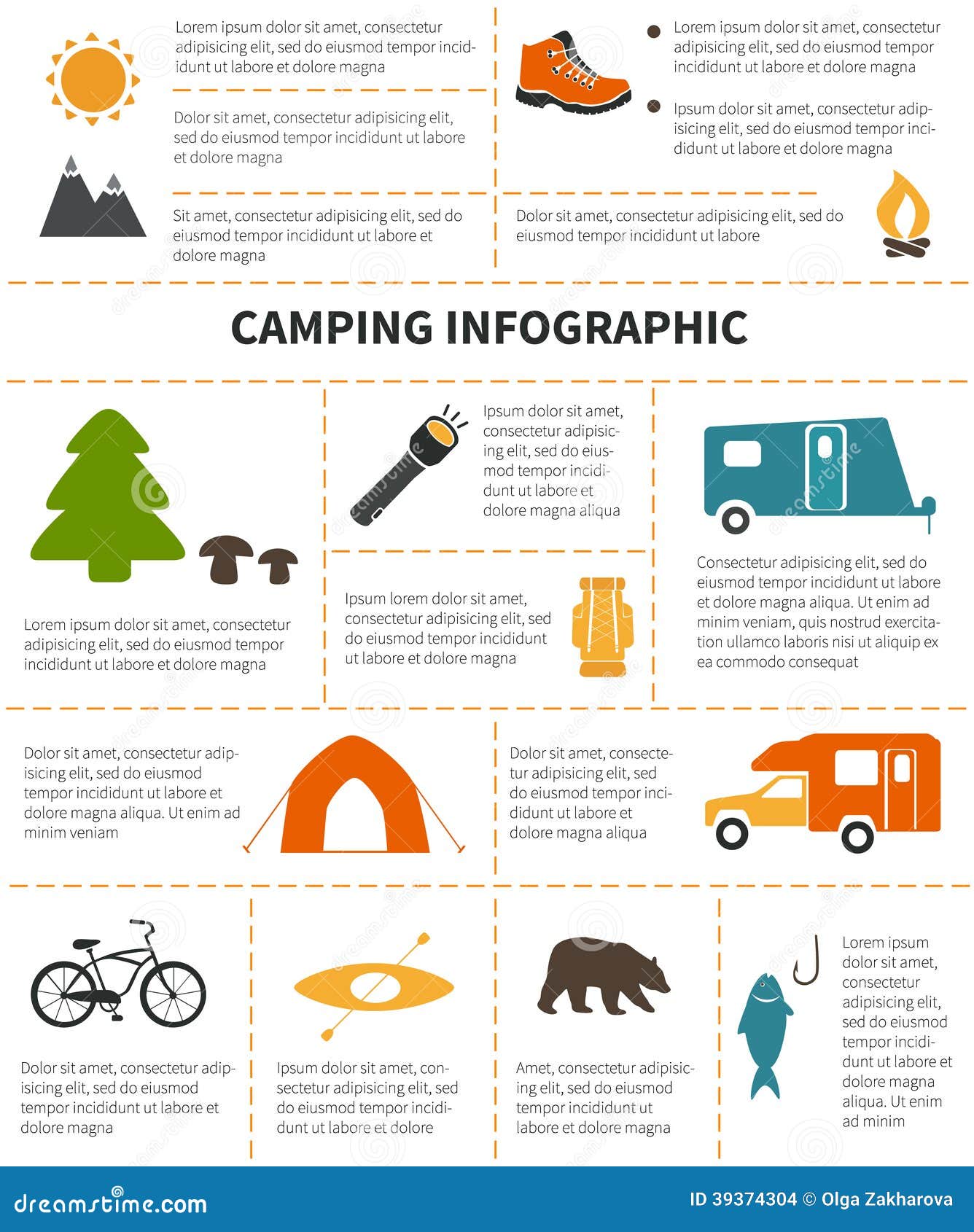Creative Tips On How To Sell Camping Tents For Your Online Camping Tents Empire
Creative Tips On How To Sell Camping Tents For Your Online Camping Tents Empire
Blog Article
Exactly How to Properly Set Up Your Tent Before Outdoor camping
Establishing your outdoor tents can be an overwhelming job for also skilled campers. This guide will cover the essentials of pitching a camping tent effectively and securely so you can enjoy your camping trip without stress and anxiety or fear.
What can I put on my tent floor?
Begin by setting out your outdoor tents's footprint and ground sheet to shield your tent flooring from rocks, sticks, dirt, and other particles. Next, set up the tent poles and attach them to the corners of the camping tent body utilizing the proper sleeve or hook.
Choosing the Right Site
When you are worn down after a long day hiking, you intend to pitch your tent and prepare to rest. But you must initially take a walk around the website to see to it it is safe for outdoor camping. Overlook and up to learn whether any kind of trees have large dead branches that might fall on your outdoor tents. These are sometimes called widowmakers and you don't desire them to go down on you while you're sleeping.
Also make certain to stay clear of low areas that can flooding during a storm and to camp far from pet routes, nests and habitats where ticks and chiggers are probably to prosper. Search for a flat, rock-free area that allows sufficient for your outdoor tents and any other gear you'll be bringing.
Some people like to set their outdoors tents up so the head end is sharp towards the east to catch the sun's warming rays first thing in the early morning. This isn't constantly essential, but it is a wonderful touch that can assist wake you up.
Pitching Tips
It might appear obvious, but appropriate camping tent throwing is just one of one of the most important factors in a good night's sleep. Having a practice run in your home will certainly aid you acquaint on your own with your outdoor tents, find all the pole sleeves and fasteners, and ensure whatever remains in area. It's additionally a blast to exercise using guylines for stability and to discover any broken pieces.
When you reach your camping site, take a look at the surface to see if it appropriates for your camping tent. An excellent general rule is to pitch the outdoor tents on a level, degree place with a mild downhill angle. This will certainly permit rainfall to recede from the outdoor tents as opposed to merging before it.
If you can not discover a degree location, think about putting a tarp or other groundsheet under your tent footprint to safeguard it from moisture. This can also help keep dust out of the camping tent.
Utilizing Guylines Successfully
Utilizing man lines efficiently is necessary to ensuring your tent or hammock stays secure in high winds and various other negative climate condition. A person line is a rope or cable that connects to the ground through loops and D-rings in the framework, tarpaulin, or rainfly.
Begin by protecting one end of the line to a guyout loophole on your outdoor tents or rainfall fly, or to the pole it's attached to. After that loophole the various other end of the line over a stake placed faraway from the framework and tighten it.
Keeping your shelter's guy lines tight will certainly avoid drooping or drooping throughout windy conditions, preventing dampness from leaking into the tent or damages to the framework and improving comfort and safety and security throughout camping. Constantly examine the stress of your person lines during and after adverse climate condition to guarantee they remain secure. On top of that, think about packing an individual line tensioner to quickly change and keep the correct amount of stress in your lines.
Removing the Tent
When resolving right into your campground, locate an area with a flat location and clear it of rocks and debris. Additionally, make sure to lay down an outdoor tents footprint or tarp somewhat smaller than your camping tent body to prevent water merging. This helps maintain your camping tent completely dry from rain or condensation and can be especially practical in windy locations.
Examine your equipment, including the tent things sacks to make sure absolutely nothing is missing. Examine that the poles match their clips and restock first-aid things if needed.
When it's time to pitch your tent, start by orienting the doors downwind, and stake down each corner of the camping tent. If the ground is loose or sandy, think nice tent about spreading a tarp under your tent to safeguard it from wind and reduce the probability of your tent toppling. Additionally, make sure to make use of guylines efficiently to restrain your rainfly and keep it tight. A well-pitched tent can stop leaking, condensation, and sunlight damages.
What makes a good glamping site?
